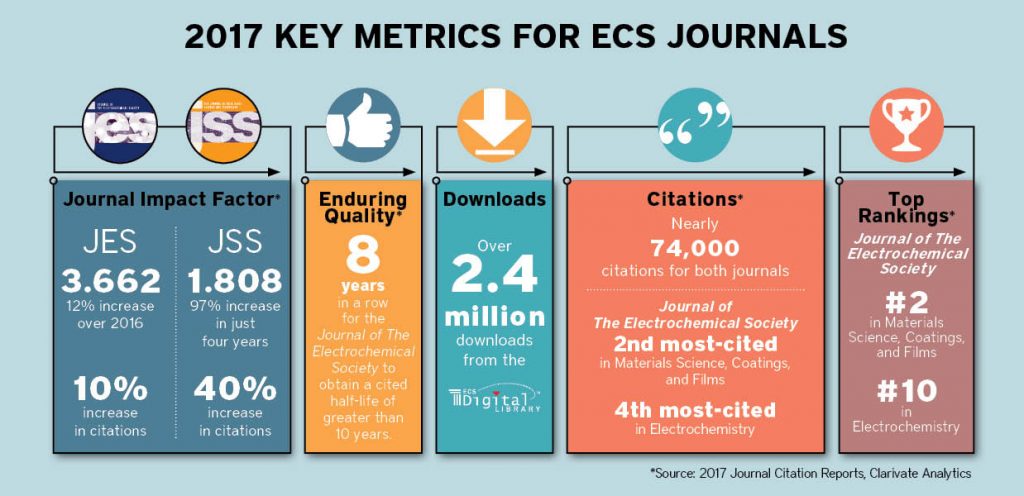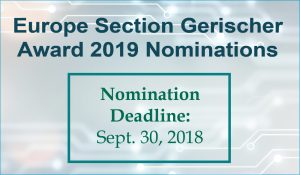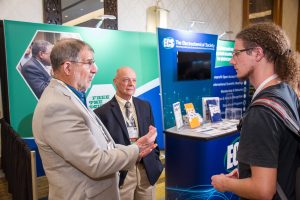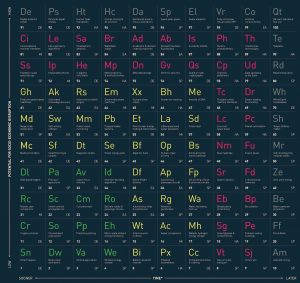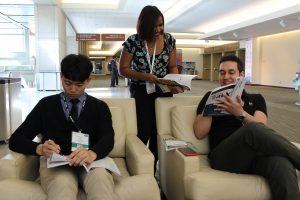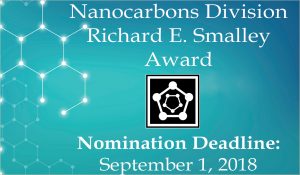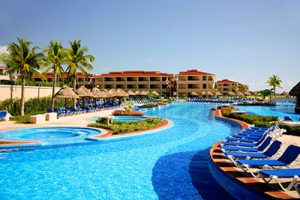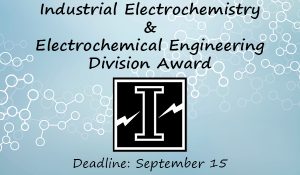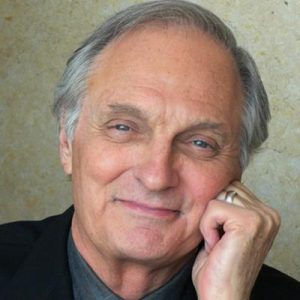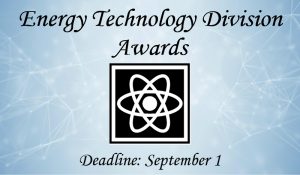The journal impact factors (JIFs) for the ECS journals continue to grow, as evidenced by the data recently released by Clarivate Analytics. For the 2017 reporting year, the ECS journals continue to be among the top-ranked journals. Journal of The Electrochemical Society (JES) is in the top two for Materials Science, Coatings, and Films; and in the top ten for Electrochemistry. The JIFs are published in Journal Citation Reports (JCR) and are just one metric used to gauge the quality of a large number of scholarly journals.


